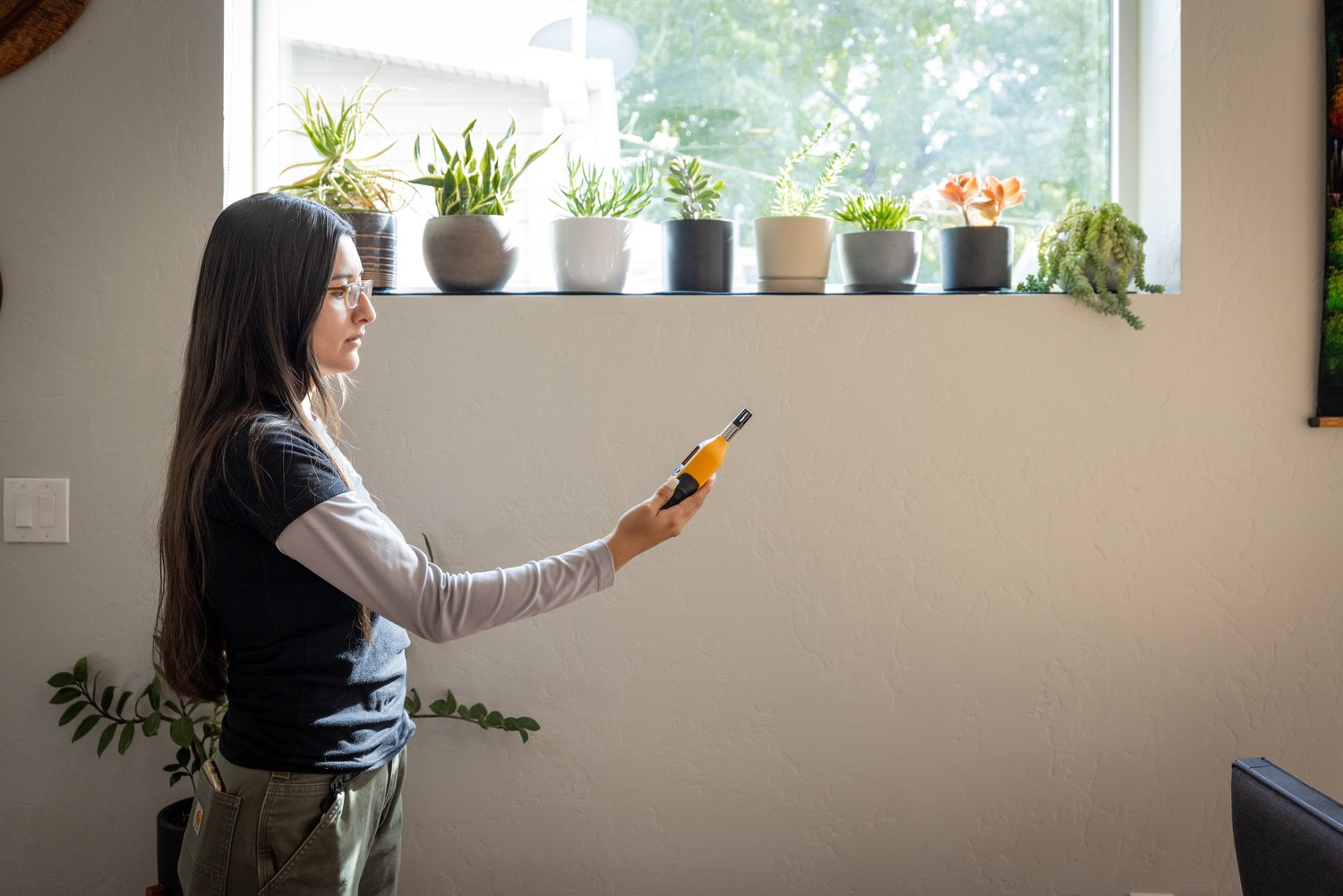Recognizing the Relevance of Dependable Mycotoxin testing Services
Recognizing the Relevance of Dependable Mycotoxin testing Services
Blog Article
Just How Mycotoxin Screening Helps Prevent Contamination and Guard Food Products

Mycotoxin screening is an important method in the food industry, offering as a frontline protection versus contamination by harmful toxic substances generated by molds. Through the application of advanced strategies like High-Performance Liquid Chromatography (HPLC) and Liquid Chromatography-Mass Spectrometry (LC-MS), food manufacturers can properly spot and quantify mycotoxin degrees in farming products.
Understanding Mycotoxins
Understanding mycotoxins starts with acknowledging that they are toxic second metabolites produced by specific molds, which can pollute agricultural products. These metabolites are not vital for the growth or reproduction of the fungi but can have severe implications for human and animal health. Mycotoxins are commonly found in staple plants such as corn, wheat, barley, and nuts, where they can multiply under certain problems of dampness and temperature.
There are numerous types of mycotoxins, each produced by various fungal types. Fusarium varieties create fumonisins and trichothecenes, both of which are linked with numerous severe and persistent health and wellness issues.

Risks of Mycotoxin Contamination
The dangers of mycotoxin contamination are complex, presenting significant hazards to both food safety and public wellness. Mycotoxins, hazardous substances created by particular kinds of fungi, can pollute a wide variety of farming products consisting of cereals, nuts, flavors, dried out fruits, and coffee.
Economic effects are one more significant concern. Polluted plants can result in significant financial losses for farmers and food producers as a result of reduced yields and the demand for costly decontamination actions. Moreover, global trade can be significantly impeded as nations enforce strict mycotoxin guidelines to protect their populaces, resulting in declined shipments and strained profession relationships.
Ecological variables such as environment change intensify the risk of mycotoxin contamination. Variations in temperature and humidity can produce positive problems for fungal development, enhancing the likelihood of contamination occasions. Hence, understanding and mitigating these risks are essential for making sure the security and stability of worldwide food materials.
Techniques of Mycotoxin Checking
Precisely identifying mycotoxin contamination in agricultural products is necessary for protecting public health and keeping food safety standards. Different methods are employed to detect and quantify mycotoxins, each offering details advantages and constraints.
High-Performance Liquid Chromatography (HPLC) is an extensively used approach as a result of its high level of sensitivity and precision. It involves dividing mycotoxins from various other substances in an example, making it possible for precise quantification. recommended you read Similarly, Fluid Chromatography-Mass Spectrometry (LC-MS) integrates liquid chromatography with mass spectrometry to give in-depth molecular info, making it particularly valuable for recognizing several mycotoxins concurrently - Mycotoxin testing Services.

Gas Chromatography-Mass Spectrometry (GC-MS) and Thin-Layer Chromatography (TLC) are also employed, each with unique applications. GC-MS works for volatile mycotoxins, while tender loving care supplies a less complex, cost-efficient choice for initial testing.
Benefits of Regular Testing
Regular screening for mycotoxins in farming products offers numerous advantages, dramatically adding to public health and wellness and food security. By identifying contamination early, normal screening assists prevent the circulation of poisonous foods, consequently lowering the danger of mycotoxin-related health problems among customers. This aggressive method not only safeguards human wellness however also enhances the total high quality of food supplies.
Various nations and regions have developed strict limitations for mycotoxin degrees in food and feed. Adhering to these limits with normal testing guarantees that manufacturers and suppliers fulfill legal requirements, therefore avoiding charges and profession obstacles.
In addition, regular mycotoxin testing can cause substantial financial benefits. Early detection of contamination enables timely intervention, decreasing prospective losses from extensive contamination. Executing routine screening protocols can likewise minimize recall expenses and associated liabilities, which can be monetarily devastating.
Additionally, routine testing offers important data that can notify much better farming methods and storage conditions. By comprehending patterns of contamination, producers can adopt preventive steps, thus decreasing future risks and contributing to the sustainability of the food supply chain.
Executing Testing Protocols
Applying reliable mycotoxin screening procedures is important for making sure the security and high quality of agricultural products. Establishing a robust screening framework involves numerous vital steps, starting with the recognition of prospective contamination points within the manufacturing and supply chain. This consists of pre-harvest, post-harvest, storage space, and distribution stages. Each phase has to be looked at to identify where mycotoxin contamination is most likely to link take place.
Once essential control factors are determined, choosing suitable screening techniques is essential. Typical techniques include enzyme-linked immunosorbent assay (ELISA), high-performance fluid chromatography (HPLC), and mass spectrometry (MS) Each technique has its toughness and weaknesses; hence, selecting the proper one depends on the certain mycotoxin being tested, the needed level of sensitivity, and offered sources.

Finally, integrating the screening procedures right into a detailed food safety monitoring system is recommended. This enhances traceability and allows quick rehabilitative actions when contamination is detected, therefore protecting the honesty of the food supply chain.
Verdict
Mycotoxin screening is essential in avoiding contamination and securing food products by allowing early detection of dangerous toxic substances generated by mold and mildews in farming items. Regular screening boosts brand name reputation, financial security, and trust fund in food safety by reducing contamination-related losses and maintaining high criteria in food manufacturing.
Mycotoxin testing is an indispensable method in the food industry, offering as a frontline protection versus contamination by harmful toxins produced by molds. An integrated approach including agricultural practices, storage monitoring, and normal screening can alleviate the dangers associated with mycotoxin contamination, guaranteeing food safety and public health.
The risks of mycotoxin contamination are diverse, positioning significant threats to both food safety and security and public wellness.Routine testing for mycotoxins in farming items provides various advantages, dramatically adding to public health and food safety and security.Mycotoxin screening is necessary in avoiding contamination and safeguarding food products by allowing early discovery of damaging toxins generated by molds in farming products.
Report this page